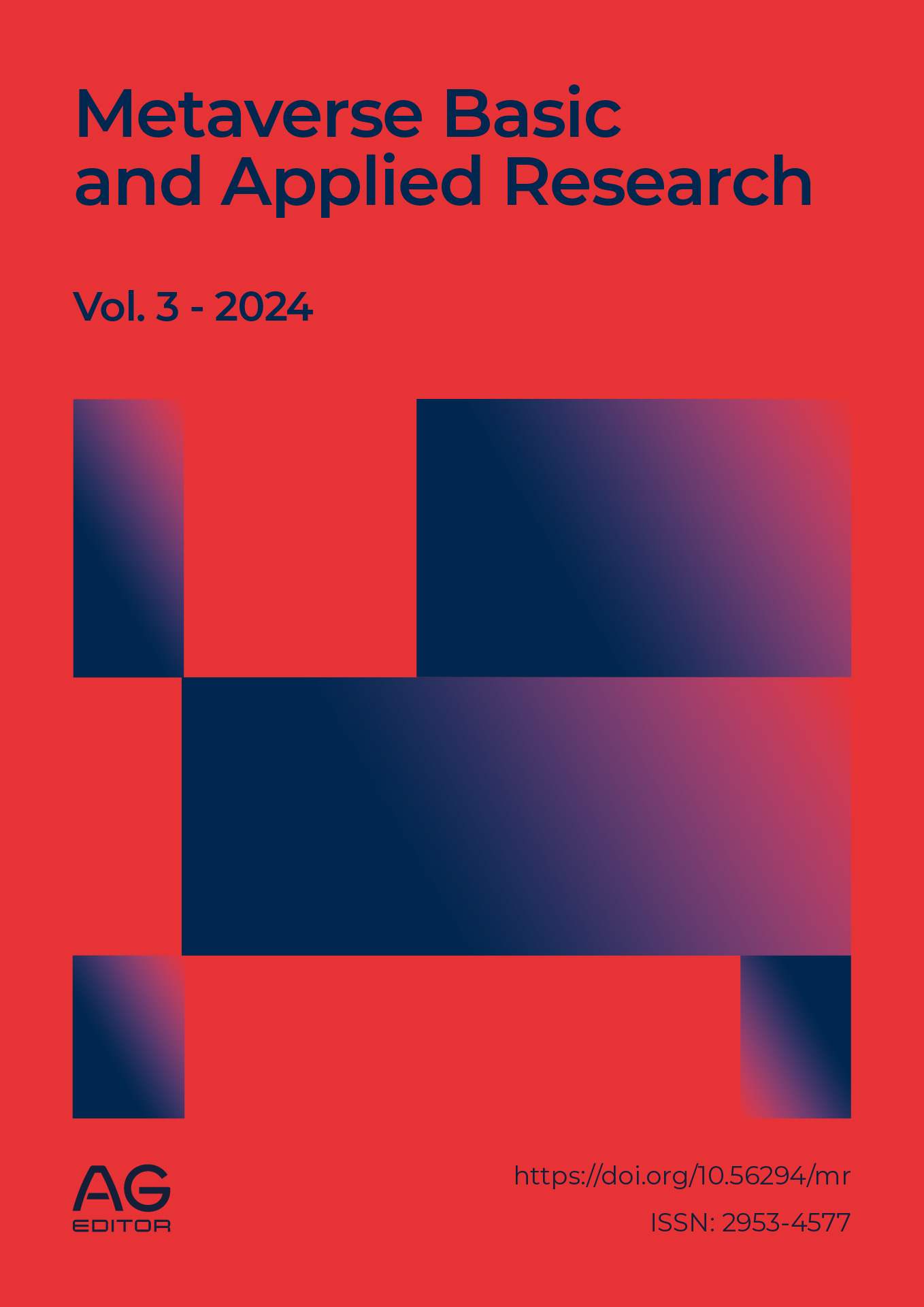The Evolution of Didactic Strategies in the 21st Century: A Review of Innovative Approaches in Immersive Environments
DOI:
https://doi.org/10.56294/mr2024.101Keywords:
didactic strategies, educational innovation, immersive environments, educational technology, active methodologiesAbstract
Introduction: Didactic strategies have significantly evolved in the 21st century, driven by pedagogical shifts and technological advances. Among these, immersive environments offer new ways of active, visual, and multisensory learning that challenge traditional teaching structures. This article reviews innovative didactic approaches developed in educational contexts mediated by immersive technologies.
Methods: A narrative review of scientific literature published between 2018 and 2024 was conducted using databases such as Scopus, Springer, and peer-reviewed journals. The study analyzed theoretical models and practical experiences regarding the integration of active methodologies—such as PBL, gamification, and flipped classroom—in immersive virtual environments, with emphasis on school-level and hybrid settings.
Results: The reviewed studies highlight that implementing active methodologies in immersive environments enhances student engagement, promotes meaningful participation, and supports situated content comprehension. Additional benefits include the development of soft skills, peer collaboration, and personalized learning pathways. Major challenges involve teacher training, proper instructional design, and equitable access to technology.
Conclusions: Didactic strategies in immersive environments represent a significant shift in 21st-century educational practices. Their effective implementation requires pedagogical vision, teacher mediation, and policies that support innovation, inclusion, and sustainability. Further applied research and specialized teacher training in immersive pedagogy are strongly recommended.
References
Skinner BF. The Technology of Teaching. New York: Appleton-Century-Crofts; 1968.
Vygotsky LS. Mind in Society: The Development of Higher Psychological Processes. Cambridge: Harvard University Press; 1978.
Pardo A, Cobo C. Aprendizaje personalizado: nuevas tendencias y prácticas emergentes con tecnologías digitales. RIED. 2020;23(2):33–50. https://doi.org/10.5944/ried.23.2.26738
Salinas J. Innovación educativa y uso de las TIC: una visión crítica. RIED. 2012;15(1):15–40. https://doi.org/10.5944/ried.1.15.710
Cabero J, Llorente C. Tecnologías emergentes, pedagogías activas y transformación educativa. Pixel-Bit. 2020;(58):7–23. https://doi.org/10.12795/pixelbit.2020.i58.01
Siemens G. Connectivism: A learning theory for the digital age. International Journal of Instructional Technology and Distance Learning. 2005;2(1):3–10. Disponible en: http://www.itdl.org/Journal/Jan_05/article01.htm
Radianti J, Majchrzak TA, Fromm J, Wohlgenannt I. A systematic review of immersive virtual reality applications for education. Computers & Education. 2020;147:103778. https://doi.org/10.1016/j.compedu.2019.103778
Chittaro L, Buttussi F. Assessing knowledge retention of an immersive serious game vs. a traditional education method in aviation safety. IEEE Transactions on Visualization and Computer Graphics. 2015;21(4):529–538. https://doi.org/10.1109/TVCG.2015.2391853
Pellas N, Kazanidis I. Immersive virtual reality in K–12 and higher education: A systematic review. Education and Information Technologies. 2022;27(1):565–90. https://doi.org/10.1007/s10639-021-10735-9
Parong J, Mayer RE. Learning science in immersive virtual reality. Journal of Educational Psychology. 2021;113(1):120–136. https://doi.org/10.1037/edu0000473
Classcraft. Empowering educators through collaborative learning games. 2023. Disponible en: https://www.classcraft.com/
Davis N, Antonenko P. Active learning in immersive virtual reality environments: Perspectives from middle school students. British Journal of Educational Technology. 2020;51(5):1699–1717. https://doi.org/10.1111/bjet.12986
Pellas N, Kazanidis I. Immersive virtual reality in K–12 and higher education: A systematic review. Education and Information Technologies. 2022;27(1):565–90. https://doi.org/10.1007/s10639-021-10735-9
Dalton B, Proctor C. Universal design for learning in immersive environments. Journal of Special Education Technology. 2021;36(2):63–74. https://doi.org/10.1177/0162643420975362
VRLab Academy. Virtual Science Lab Platform. 2023. Disponible en: https://www.vrlabacademy.com/
Published
Issue
Section
License
Copyright (c) 2024 Karina Elizabeth Amaguaña Jácome, Mónica Patricia Arcos Tomalá, Noemí Raquel Carvajal Mora, Lisbeth Katerine Escalante Rincon (Author)

This work is licensed under a Creative Commons Attribution 4.0 International License.
The article is distributed under the Creative Commons Attribution 4.0 License. Unless otherwise stated, associated published material is distributed under the same licence.






